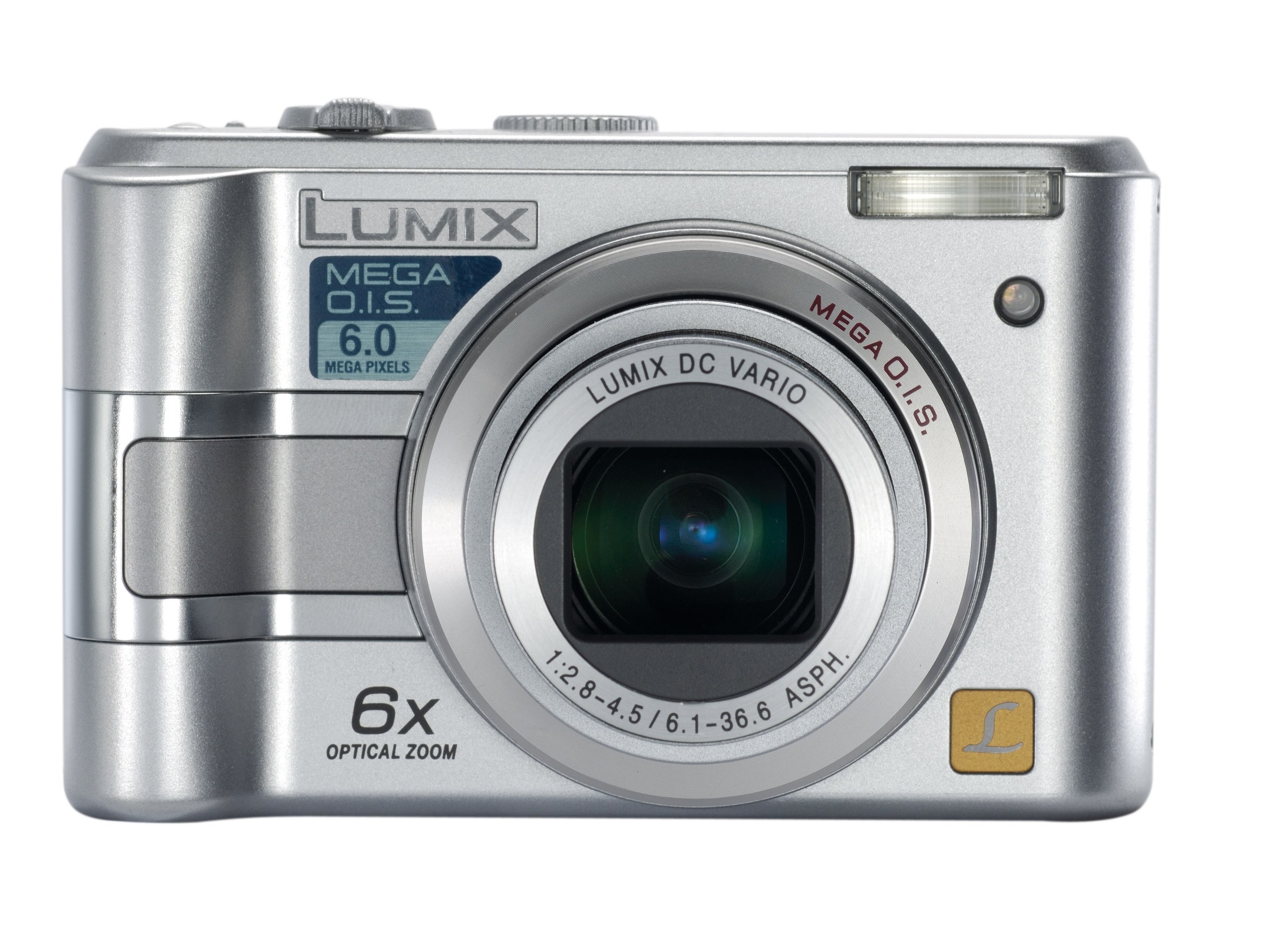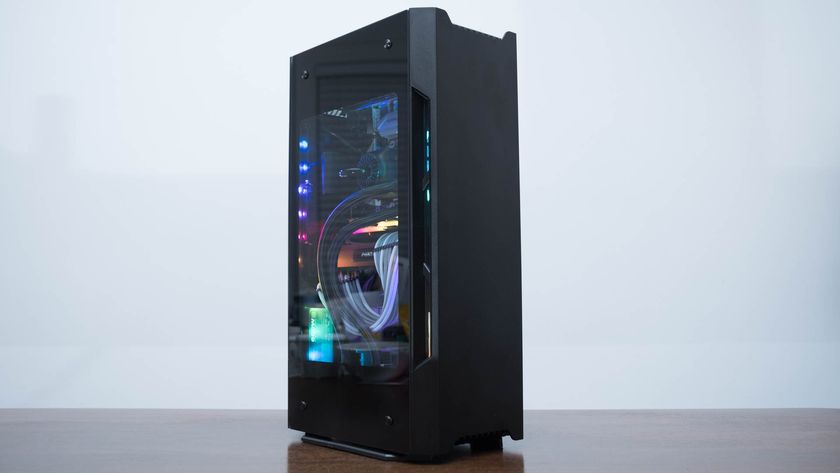TechRadar Verdict
Well-priced and produces bright, detailed shots. A shame it doesn't quite make it to the levels expected from the more discerning enthusiast though
Pros
- +
High-levels of detail resolution
Excellent value for money
Impressive zoom lens
Image stabiliser control
Cons
- -
Exposure and white balance can be unnatural
Some noise and grain
Why you can trust TechRadar
Panasonic is now a serious player in the prosumer arena, with some classic super-zoom cameras such as the DMC-LZ30. It has also recently announced plans to enter the digital SLR market with the DMC-L1.
All the company now needs is to grab a big chunk of the box-shifting compact market and total world domination is assured for the well-respected Lumix brand.
The latest attempt to take the casual user by storm is the DMC-LZ5, a camera that sits among the bigger compact cameras and has more than enough headline features to pull its weight. For starters there's an eye-catching six-megapixel sensor, plus a 2.5-inch LCD screen that hogs most of the camera's back.
The LZ5 may be smaller than Panasonic's super-zoom cameras, but it still offers some of their appeal thanks to the desirable 6x optical zoom capability. And it gets better: dropping to three megapixels enables you to zoom up to a maximum 8.3 times.
Apart from that large screen, the back panel of the LZ5 is pretty standard with a five-point navipad offering access to commonly used options, including a useful one that enables you to review shots without switching into Play mode.
Most of the controls are reached via a central menu button that brings up a set of user-friendly screens. A dial control that sits on top of the camera enables you to access various shooting modes and playback options.
Keep it steady
The top of the camera is where you'll also find a rather cheap-feeling On/Off switch as well as the zoom control, which encircles the shutter release. Thanks to the new single-point AF mode, the DMC-LZ5 can be a pretty nippy device. Also on the top-plate is another impressive aspect of this camera: the imagestabiliser control.
Panasonic's compact Lumix offerings are the only such cameras to offer the MEGA O.I.S. (Optical Image Stabiliser) function and we applaud its appearance on such an affordable piece of kit... especially as it works so well. In low-light conditions where the shutter speed slows, even the smallest movement can make the difference between a shot to keep and one to delete. Mega O.I.S. sorts this out and is well worth having.
As well as a full Auto mode the LZ5 has a collection of pre-set shooting modes, most of which you'll never use but a couple of them could come in handy. For instance, there's an interesting high-sensitivity mode for shooting in low-light conditions without a flash. It ramps up to a maximum of ISO1600, and while the increase in noise can be unsightly, it could be used in situations where a flash just wouldn't cut it.
Finally, on the feature front, there's a limited array of editing options that can be accessed via the playback menu. These include cropping pictures and reducing the size of files, which could all be useful if you don't have access to a PC and want the option to print directly from an SD card or the camera itself.
This camera may not feel as solid as some of the competition, but in the hand the DMCLZ5 is easy to grip and the important controls fall nicely under your fingers. It's also quick off the mark, with the impressive zoom lens unfolding and presenting itself ready for action in no time at all.
Form and function
When it comes to focusing, the LZ5 is quick and modes are adept at picking out the most important aspect of an image. However, the same isn't always true of exposure and white balance, which can deliver images that - while not unappealing - are often far from natural.
The main problem is that colour reproduction can be a little bright and saturated, giving the impression you're in sunny Florida rather than, say, spending a chilly weekend in Bruges.
There's also a fair amount of noise and grain visible, particularly in low light when the ISO has been upped. Still, this is countered by some high-levels of detail resolution, and if you keep the camera set to ISO80 or 100 and don't plan to print out larger than standard sizes it shouldn't be an issue.
The DMC-LZ5 turned out to be both fun and functional to use, and if you like your images to be bold and punchy then it could well be the one for you. However, if you're the type who demands a little more subtlety alongside a shed-load of features then there are some better cameras out there for you to consider. But you'll have to look hard to find them for this kind of money. Shaun Marin
Via PhotoRadar
Tech.co.uk was the former name of TechRadar.com. Its staff were at the forefront of the digital publishing revolution, and spearheaded the move to bring consumer technology journalism to its natural home – online. Many of the current TechRadar staff started life a Tech.co.uk staff writer, covering everything from the emerging smartphone market to the evolving market of personal computers. Think of it as the building blocks of the TechRadar you love today.














